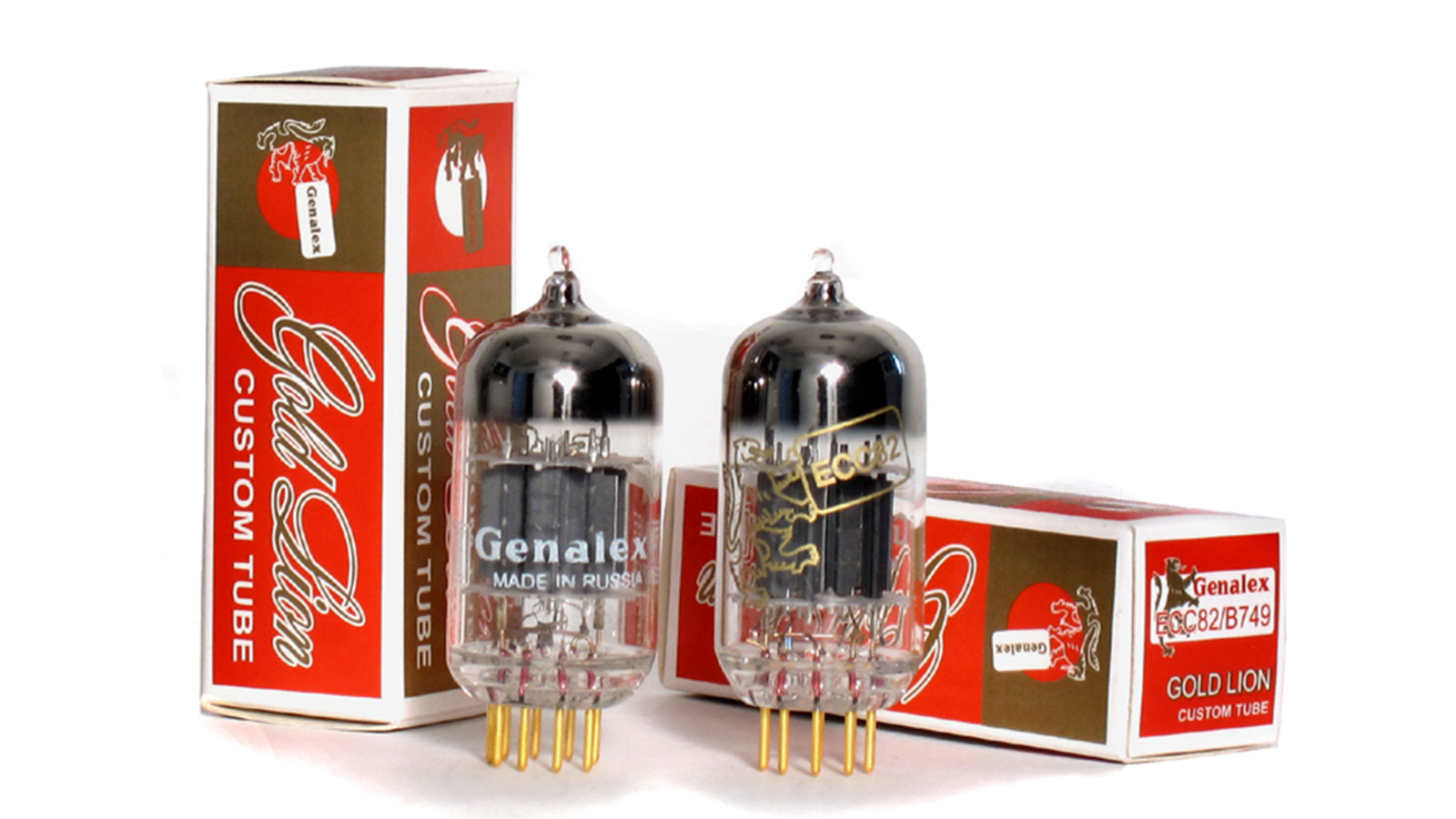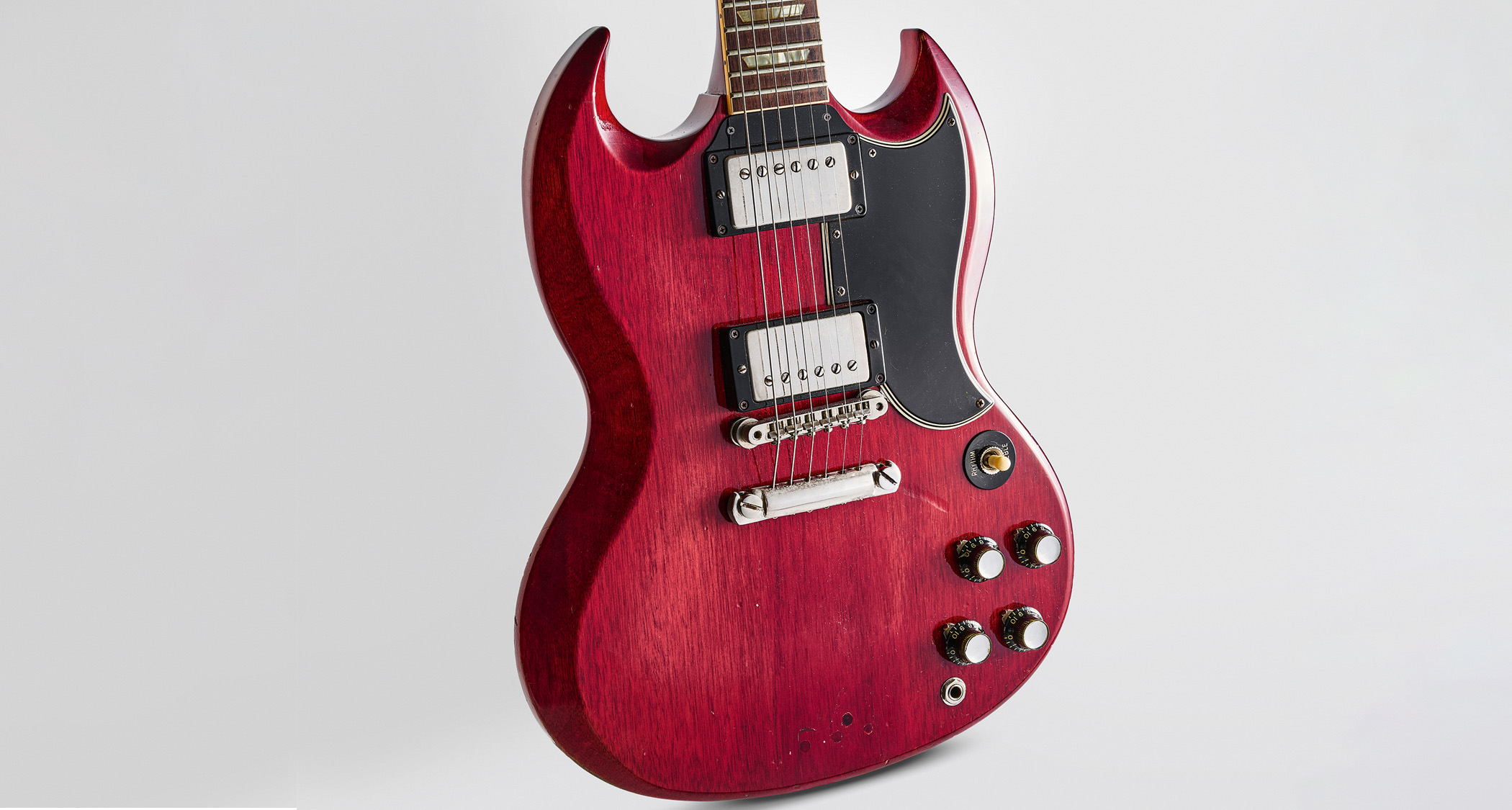“If you stick a modern production tube in an old vintage amp, you may be a little disappointed with the tone”: Do vintage NOS tubes really sound better? Here’s what you need to know
You might have heard a lot about the magic of NOS tubes. Here we dig into the subject, debunk some myths, and offer players something to think about when maintaining their amp

As a self-proclaimed tone chaser, I’ll try almost anything in pursuit of better guitar tone. Years ago, intrigued by the hype around NOS tubes and the promise that they could magically transform my amps into tonal bliss, I invested in a stash of pricey NOS 12AX7 preamp tubes just to see what the fuss was about.
So, what are NOS tubes (or, valves, in UK parlance) anyway? ‘New Old Stock’ (NOS) refers to tubes made decades ago and were never used. This was mostly during the golden era of tube manufacturing in the 1950s to early 1970s, as they were produced in massive quantities for military, broadcast and industrial applications. The saying, ‘They don’t make ’em like they used to,’ might be true for these tubes as they were built under strict quality control.
NOS tubes have become somewhat legendary in the guitar world, prized for both tone and longevity. Brands such as Mullard, Siemens, Amperex, RCA, Telefunken and Brimar represent the pinnacle of tube craftsmanship.
These were built to last and many still outperform modern equivalents. You’ll find them tucked away in forgotten repair-shop drawers, hidden inside old radios and organs, hoarded by collectors, or offered for sale by reputable dealers.
Modern production tubes are mostly made in just a handful of factories in Russia, China and Slovakia. Are they terrible? No. There are some solid current-production options out there, but they aren’t made to the same military-grade specs of the past.
When it comes to guitar amps, many players believe that NOS preamp and power tubes offer smoother tone, richer harmonics, lower noise and better reliability. Years ago, I started experimenting or ‘tube rolling’, as us tone junkies call it, by swapping tubes in the V1 preamp slot of my JTM45 clone.
V1 is typically the first preamp tube in a tube amplifier, located closest to the input jack. It handles the amp’s initial gain stage and has a major influence on overall tone. I tried out Mullard, RCA, Telefunken, Amperex and RFT tubes. If you’re wondering whether I heard a difference in tone, then absolutely – tone and feel!
All the latest guitar news, interviews, lessons, reviews, deals and more, direct to your inbox!
Each tube has its own unique characteristics. Offerings from Mullard in the UK sound creamy and smooth with a rich, round low-end and round highs, while RCA tubes from the USA have a thick feel with clear, balanced tone, round highs and excellent articulation.
Germany’s Telefunken tubes are clear and punchy and with pristine clarity – very hi-fi sounding. Meanwhile, Amperex (from the Netherlands) produces tubes with a rich, musical midrange that have enhanced harmonics, note separation and tight bottom. Finally, RFT (East Germany) tubes are thick, dark and compressed with aggressive mids, tight punchy bottom and rolled-off highs.
Changemakers
John Thompson from Bad Cat Amps weighs in on NOS preamp tubes and feels that they can improve your tone, but the impact can vary depending on the circuit and design: “In Bad Cat amps, the difference in tone is subtle,” he says, “but if you swap out V1 in an old Fender, you will notice a difference. The simpler the circuit, the more you’ll hear the variations in NOS tubes. Not so much with amplifiers using multiple gain stages.”
Carr Amplification’s Steve Carr has similar views, stating that: “I’ve heard NOS 12 AX7s that absolutely transformed amps from being dull, flat and nothing special to something magical.
I’ve heard NOS 12 AX7s that absolutely transformed amps from being dull, flat and nothing special to something magical.
“I’ve also heard amps where there wasn’t much of a difference. Vintage amps were designed around these tubes, so if you stick a modern production valve [tube] in an old vintage amp, you may be a little disappointed with the tone. I really think it depends on the circuit.”
I agree with the pros that it does depend on the circuit. Tube-rolling a high-gain amp with multiple gain stages, such as the Engl Powerball, only yielded subtle differences compared with the dramatic tonal shift experienced with the JTM45 clone and a Dr Z Remedy.
Thompson also mentioned something else that I accidentally stumbled on while rolling tubes: “While many players focus on the V1 tube, swapping the Phase Inverter – typically the closest preamp tube to the first power tube – also makes quite an impact on feel and timbre.”
Although there are many tonal variations from one NOS brand to another, the overall consensus is that a good NOS tube with the right circuit should yield smoother highs, enhanced depth, better feel under your fingers, more harmonic content and better note separation.
There are plenty of tubes to choose from with some made in the same factories but just with different brand names. As you explore the world of NOS you’ll see a huge selection of tubes with different internal designs, gain ratings and other variants.
The most sought-after tubes can be identified by etched or printed factory codes, variations in construction, brand logos stamped on the tube glass and many other visual distinctions. You’ll have to do your research to learn about the specifics.
One of the first things you’ll notice when dipping into the world of NOS tubes is the price tag. Compared with modern production tubes, NOS can cost two to 10 times more.

With a thriving NOS market and dwindling supplies, a single 12AX7 will now easily fetch £100 or higher. The coveted Blackburn Mullards (manufactured at the Blackburn factory in the UK), with their legendary status in the guitar world, can yield a price tag upwards of £250 for just a single tube.
But buyers beware – the market is full of counterfeits and worn-out vintage tubes where the magic has long since faded. Only buy from reputable dealers unless you know what you’re doing or just willing to take a risk. I was not happy when my pricey black-plate RCA 12AX7 died just a few weeks after I bought it.
Of course, not all NOS tubes are magical and not all modern tubes are bad, but in well-designed circuits, NOS options often have a noticeable tonal edge. Whether you’re chasing vintage mojo, singing harmonics or just curious to hear what all the fuss is about, rolling in a well-chosen NOS tube is one of the more rewarding rabbit holes a guitarist can explore.
- This article first appeared in Guitarist. Subscribe and save.
Charlie Wilkins, known as “Amp Dude,” is a seasoned guitarist and music journalist with a lifelong passion for gear and especially amplifiers. He has a degree in Audio Engineering and blends technical expertise with a player’s insight to deliver engaging coverage of the guitar world. A regular contributor to top publications, Charlie has interviewed icons like Steve Stevens, Jared James Nichols, and Alex Lifeson, as well as guitar and amp builders shaping the future of tone. Charlie has played everything from thrash metal to indie rock and blues to R&B, but gravitates toward anything soulful, always chasing the sounds that move people.
You must confirm your public display name before commenting
Please logout and then login again, you will then be prompted to enter your display name.



